You Definitely Need Good Binoculars for Butterfly Watching
One thing bird watchers and butterfly watchers have in common is binoculars. Of course, the butterflies can be harder to see if you want to see something as small or smaller as a hummingbird.
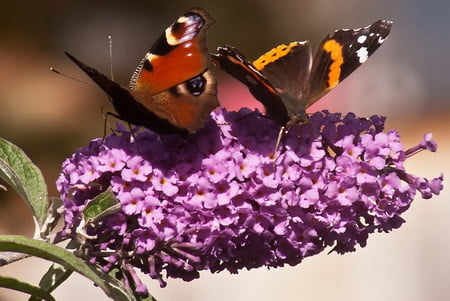
Binoculars, unfortunately, may be a challenge to choose. Every person will need a set that is best for that individual. If you wear glasses, if your face is wider, if your hands tire easily, or if you live in a humid climate, you will have to choose a set of binoculars that will suit each unique need.
Butterfly watching can be a time-consuming hobby. If you get caught up in your activity, you could spend hours tracking your subjects.
A pair of binoculars used for hunting deer would not necessarily be the best binoculars for the avid butterfly watcher. There are many brands available at various prices.
Don’t just take someone else’s word for it that a certain brand or type is best. Do your research and try some to see if there is something that works better for you personally.
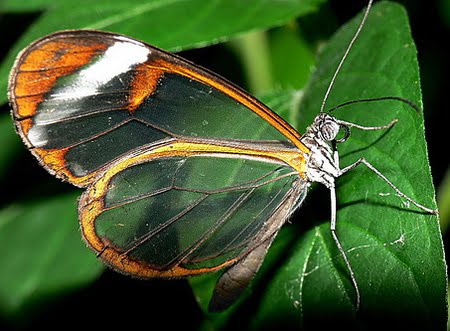
Binoculars can be expensive. It depends on how involved you will be in butterfly watching. If you’ll be depending on this activity for income, you’ll want the best. Money doesn’t always determine which is best, the quality of the binoculars does.
So, check your consumer reviews before you purchase an expensive pair. You can always upgrade later on if you have to start with a cheaper pair because of lack of money. You could try used ones, but again, you should check the consumer reviews before you buy.
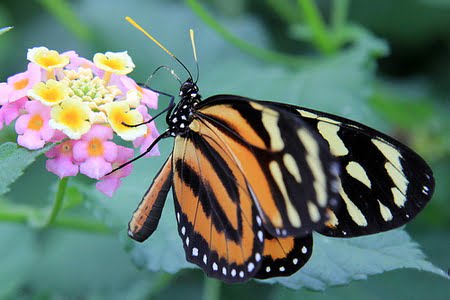
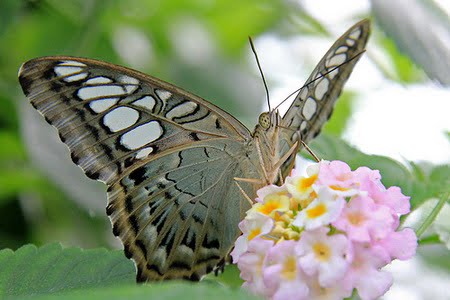
The features you’ll need to check for your butterfly watching adventures include: Close focus, magnification, weight, ability to gather light and whether or not humidity will affect performance.
Close focus matters because of the minimum distance you’ll be able to focus clearly. More magnification is not the key to a good quality set either.
Hands that tremor as you tire will easily throw off your vision with higher magnification. A lower magnification and wide field of vision are better, especially as the butterfly rapidly moves about.
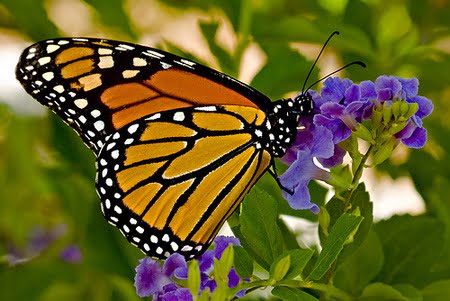

Weight will matter if you’ll be using them for long periods of time. The longer you use them, the heavier they will become.
A large, objective lens of at least 40 mm is recommended because this size gathers more light. If you want greater detail and clarity of your butterfly, you’ll be thankful for this feature. Cloudiness, shadows and time of day will affect the outcome as the light available for viewing changes.
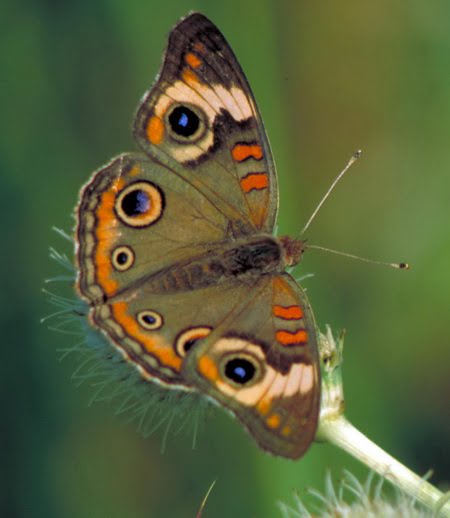
You may be doing your butterfly watching on a cloudy day or later in the evening. Suppose you plan a trip away from home to watch butterflies and the weather forecast changes unexpectedly?
On the other hand, if your interest is uncertain, you won’t want to spend a lot of money on binoculars.
